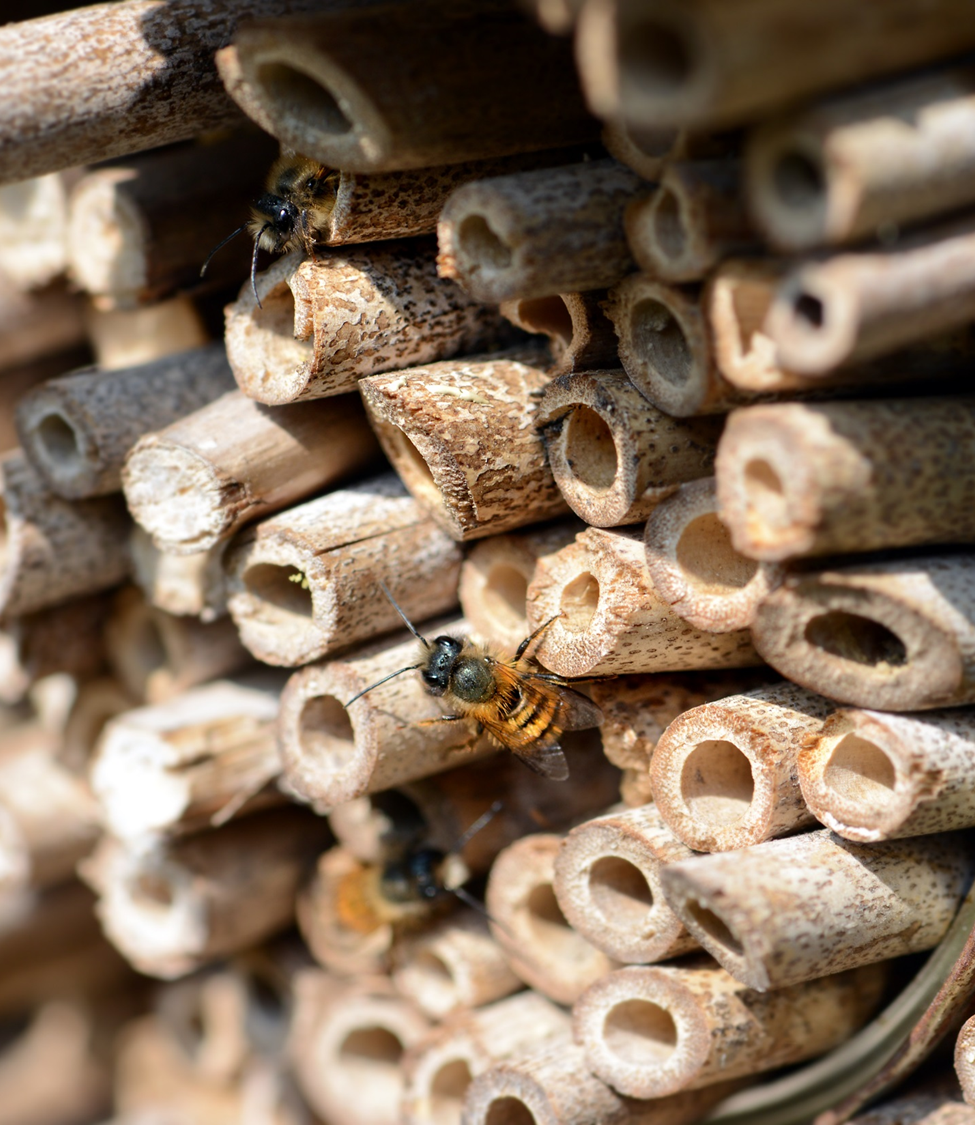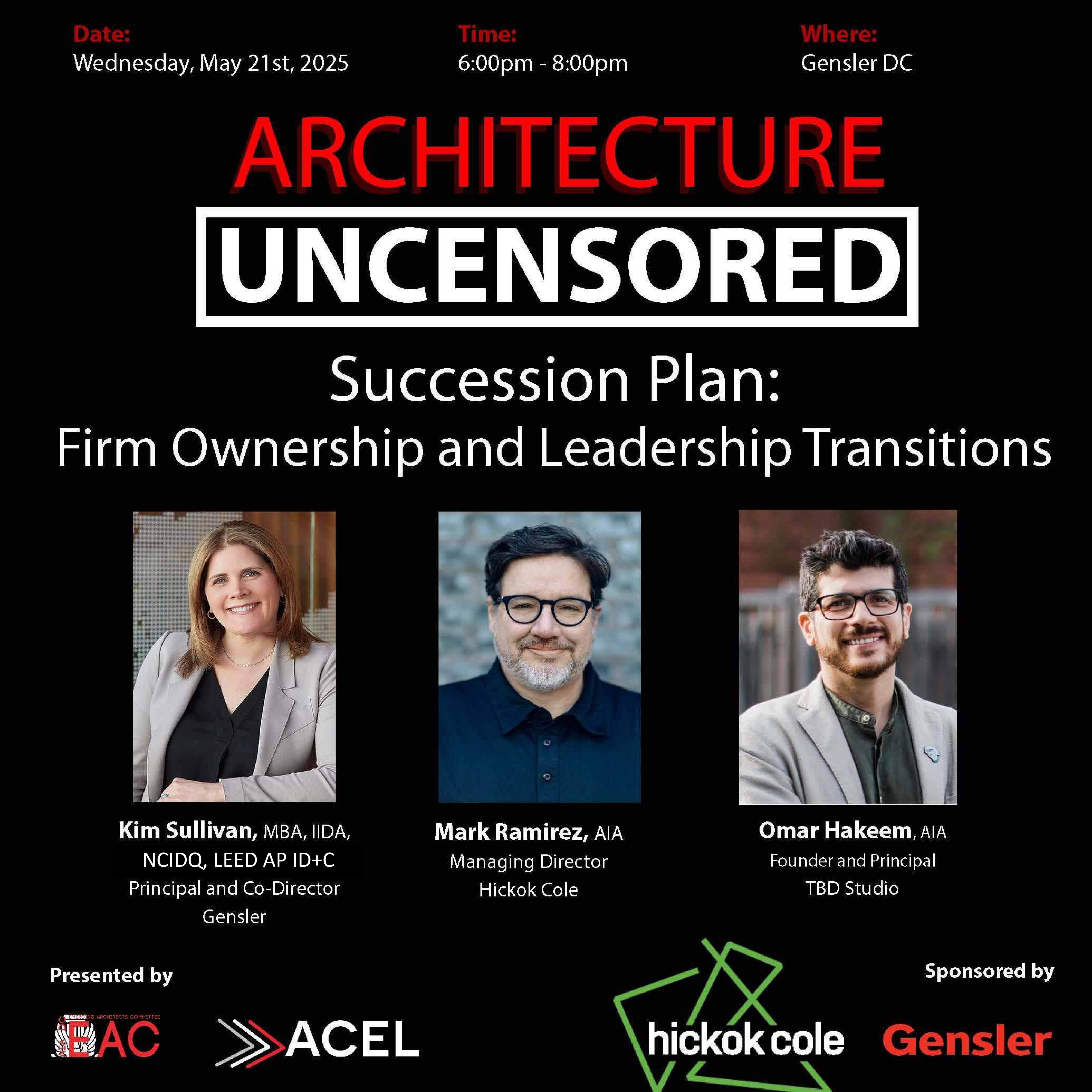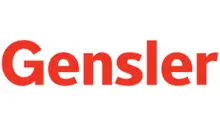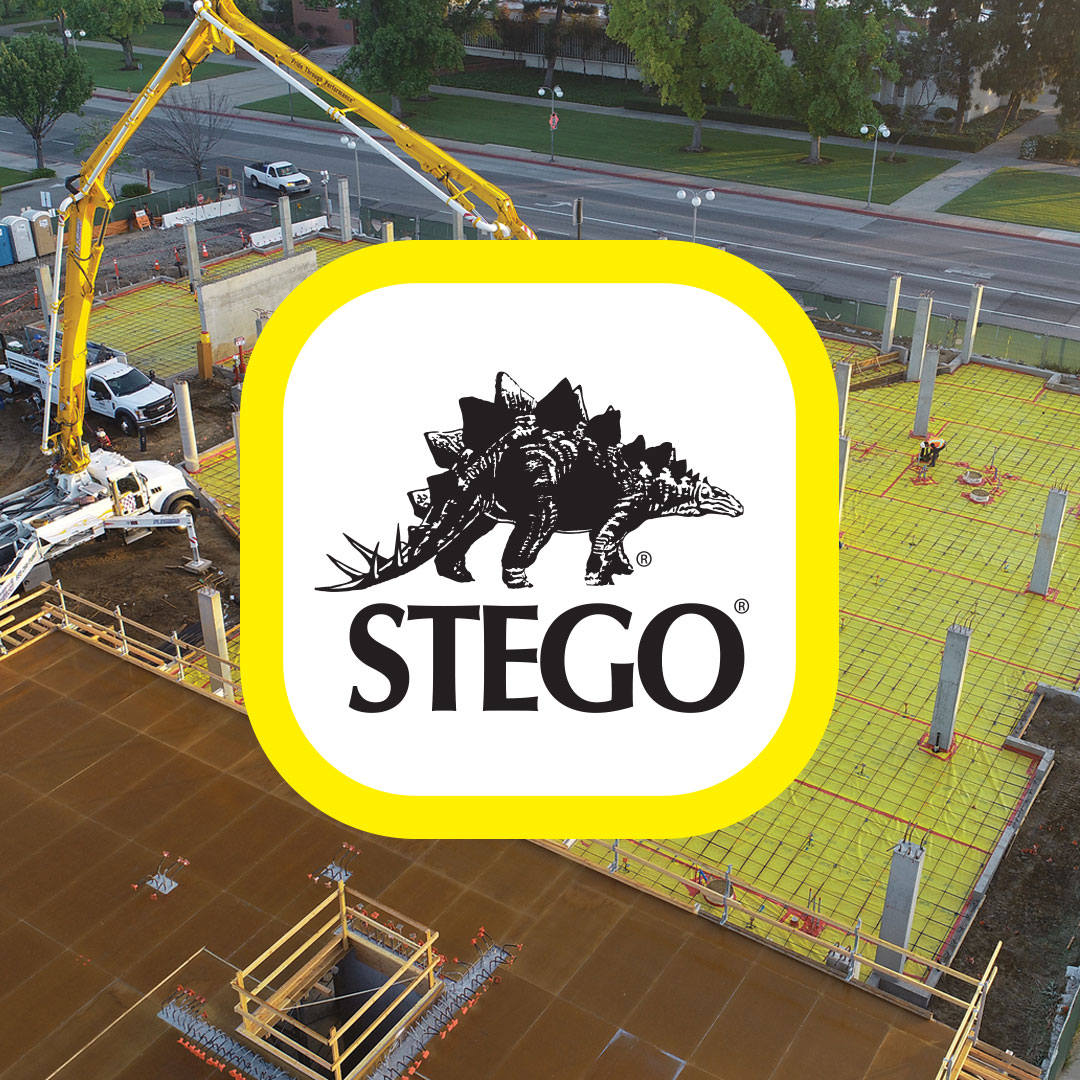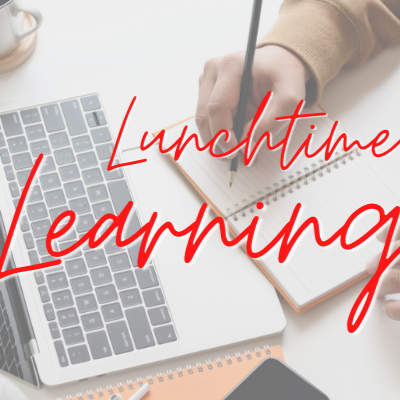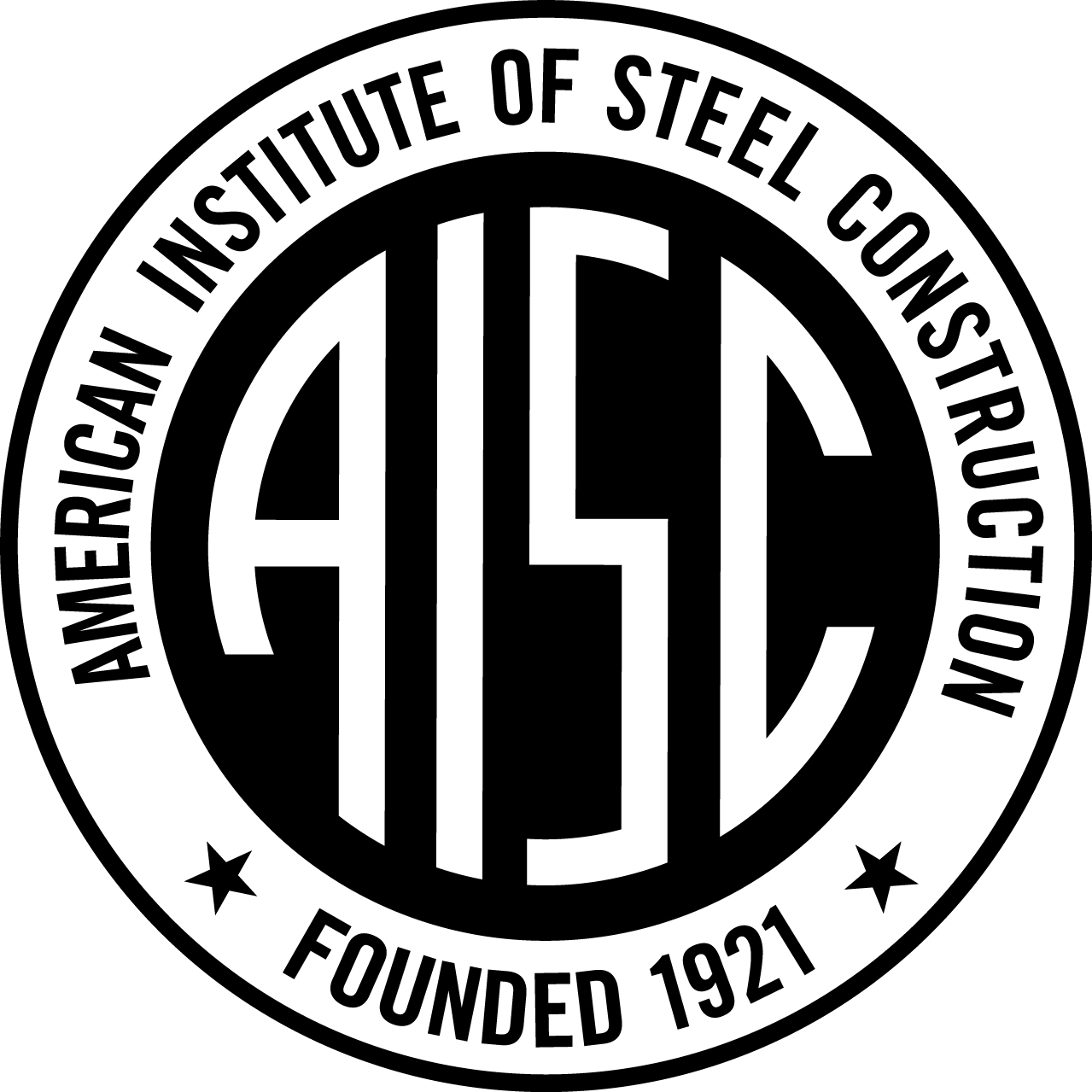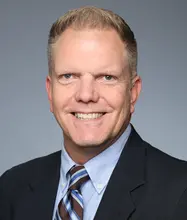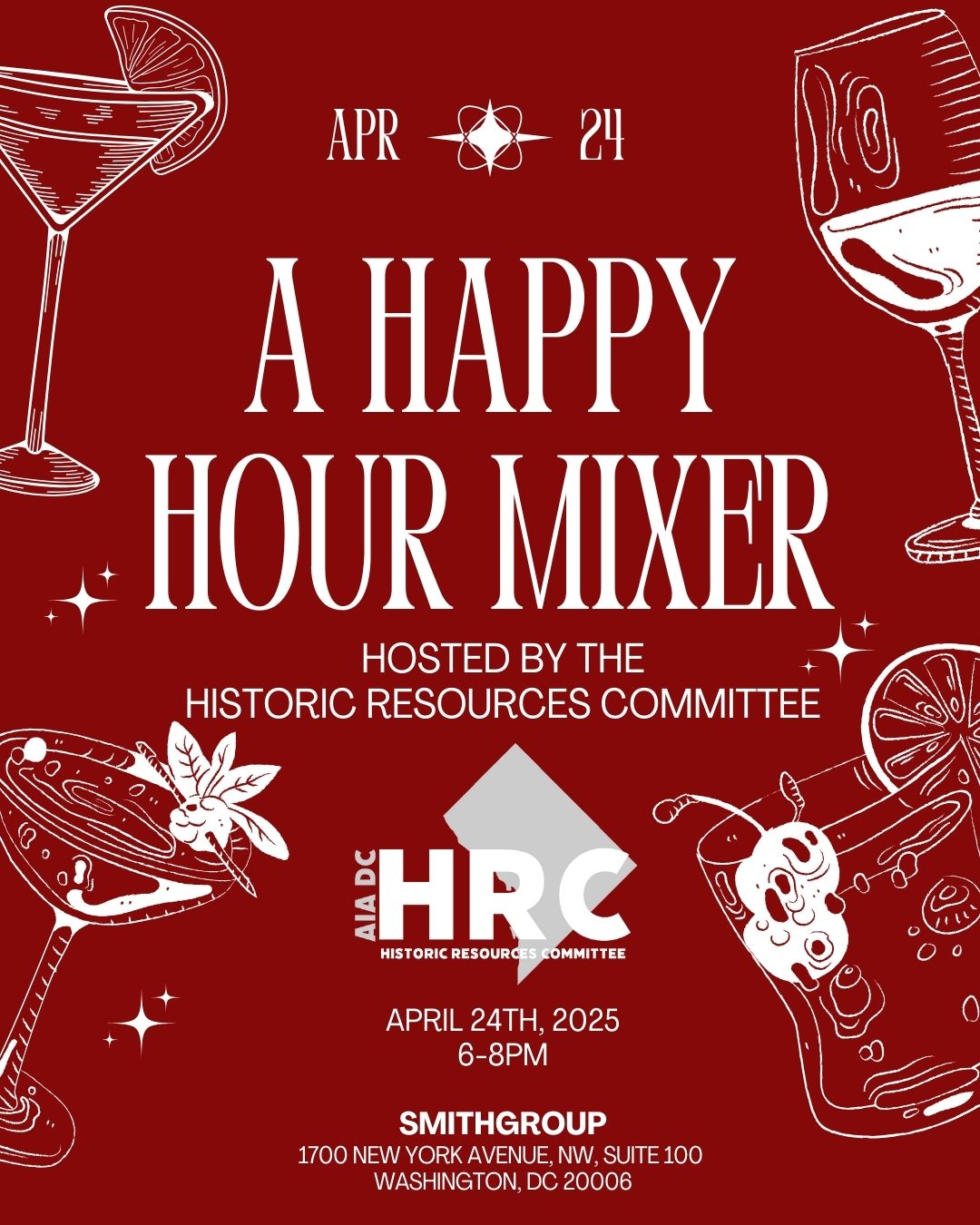-
Date
Saturday, June 21 2025
-
Time
10:00am - 12:00pm
-
Location
EVENT DATE HAS CHANGED FROM JUNE 14TH TO JUNE 21ST
Workshop is open to all ages, parents are welcome.
Calling all creative minds and nature lovers! In this fun and educational family workshop, you’ll step into the role of an architect—with bees as your clients! Using simple materials and big imagination, you’ll design and build a custom bee house that blends thoughtful design with real-world function.
Together, we’ll explore how structure and shelter work in the natural world, learn about native bees and why their survival depends on spaces like the ones you’ll create, and discover how small design choices can make a big environmental impact.
What to expect:
- Learn about native bees and the role of habitat in their survival
- Explore basic design concepts like structure, materials, and purpose
- Hands-on building activity—take your bee house home!
- Ideas for creating pollinator-friendly spaces in your backyard
- Sweet reward: each participant takes home a jar of local honey
Whether you’re a budding builder or just love bees, this workshop blends creativity, learning, and sustainability into one unforgettable experience. Let’s build for a better planet—one bee at a time!

